From Tokyo To Tennessee: Japan’s Love Of Country Music
Authored by Rebecca Day via The Epoch Times (emphasis ours),
As country music grew in popularity in America throughout the 1940s and 1950s, the roots of the genre also took hold in an unlikely place: Japan.
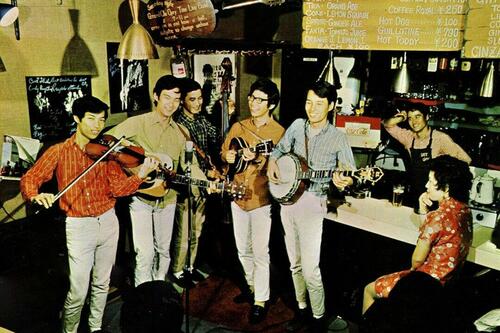
During World War II, the Armed Forces Radio Service provided entertainment for American troops stationed in Japan. But in the days after the war ended in 1945, the United States established a more permanent, far-reaching band of stations for its servicemembers remaining on bases in the rebuilding country. Until it was disbanded in 1997, this was known as the Far East Network.
Despite the ban on American music in Japan at the time, there was a local demand for it. Japanese people found ways to tune into Far East Network radio stations to hear singing cowboys and Appalachian banjo pickers. By listening in, they got a formal introduction to country music—to the art of the fiddle and Western twang.
Music Inspires ‘Cultural Exchange’
Japanese culture became increasingly acquainted with American culture during WWII, and country music’s themes resonated far beyond those listening to it in the United States.
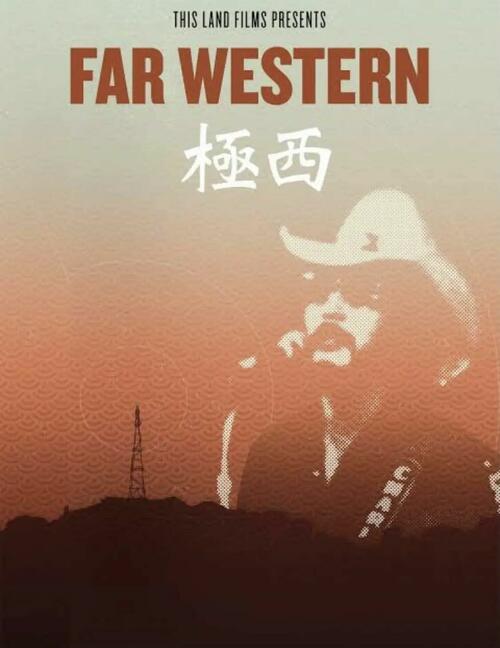
Toru Mitsui, author of “Popular Music in Japan: Transformation Inspired by the West,” is featured in “Far Western,” a documentary covering the rise of country music in Japan. According to music site Whiskey Riff, “Mitsui explains how the Western ideals of freedom, individuality, and personal storytelling began to resonate through the music itself.”
“It wasn’t just music anymore. It was a cultural exchange.”
A Good Story
One of Japan’s longstanding musical forms, the Enka genre, is sometimes described as “Japanese blues.” The narrative style focuses on lyrical themes like those found in American country music—love, loss, hardship, and triumph—and this helped pave the way for Japanese people to relate to the music of a culture so seemingly different from theirs.
In other words, like America, Japan loves a good story. It is through that love of story that a bridge was built between the two cultures.
Japanese listeners of country music were enthralled by the genre’s artistic tradition of emotive storytelling. They embraced singing cowboys like Roy Rogers and Gene Autry, as well as pioneering artists like Hank Williams and Johnny Cash.
In September 1945, the first radio station for the Far East Network went live in Tokyo: WVTR. The station aired a cowboy-themed radio show called “Chuck Wagon Time” featuring country music. By the late 1940s, the show had grown significantly in popularity. Today, some of Japan’s most well-known singing cowboys were first inspired by the program.
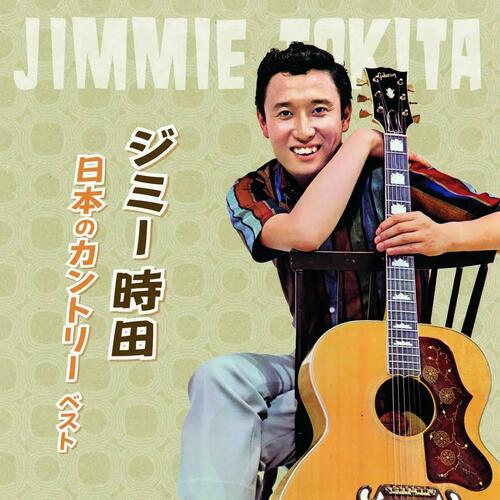
The influential radio program became a “catalyst for the development of a western or cowboy band movement in the capital city, a function duplicated by WVTQ in the Kansai area (western Japan),” wrote Michael Furmanovsky, professor at Kyoto’s Ryukoku University.
In his paper, “American Country Music in Japan: Lost Piece in the Popular Music History Puzzle,” Furmanovsky noted:
“According to Mitsui, the first ever ‘cowboy’ group was the Western Melodians, formed in 1947 by Toyama Takehiko. … A year later Toyama formed the Western Ramblers and recruited vocalist ‘Teddy’ Hara, a 17-year-old high-school student from a wealthy family who had first encountered cowboy songs on a short morning-time western music show broadcast by WVTR.”
‘Country Gold’
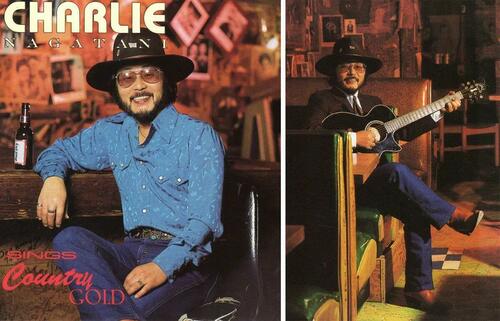
One of Japan’s most popular singing cowboys from the 1950s is musician Charlie Nagatani. Born in 1936, he discovered the genre when he was 20 years old while taking in a night of live music to celebrate his birthday. He quickly fell in love with the genre and began performing with a series of bands, ultimately heading up his own band, The Cannonballs. In 1989, he organized Japan’s first country music festival, Country Gold, held in his birthplace of Kumamoto. The inaugural event drew around 8,000 people, sparking a movement that made it a yearly festival.
In 2013, the international country event celebrated its 25th anniversary and featured contemporary artists who have popularized some of country’s modern classic hits, including Aaron Tippin and the late Daryle Singletary. The 2013 show garnered a 25 percent increase in festival attendance compared to the previous year. Over its tenure, country stars like Dierks Bentley and the Charlie Daniels Band took the stage.
In 2019, the festival opened its gates for the final time after running for 31 years.
But Nagatani hasn’t slowed down. He remains a pioneering figure of country music in both his home country of Japan and in America. He makes the long trek to Nashville on a regular basis, where he has performed many times at the Grand Ole Opry. His Opry performance in May 2025 marked his 30th appearance on the iconic country stage.
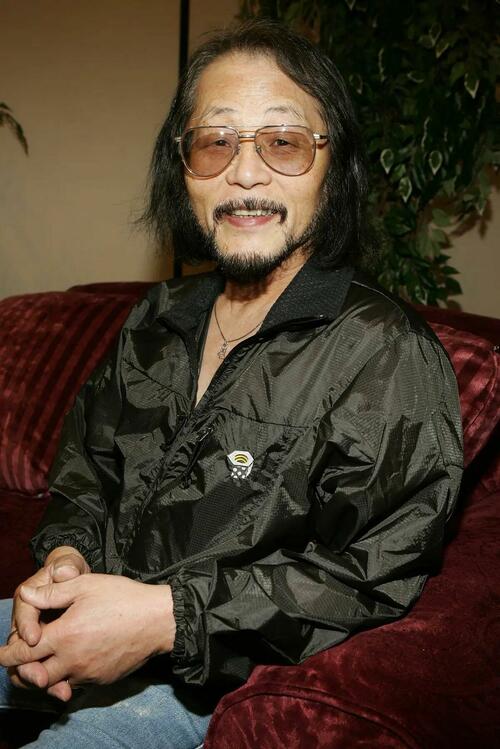
‘Rich Musical Culture’
Over time, America and Japan have developed a symbiotic relationship, with music-lovers of both cultures embracing each other’s tastes and styles.
Today, Rocky Top is a frequented live music venue in the Ginza district of Tokyo. It features country, bluegrass, and Americana performers. The musical hub is named after one of country music’s classic hits made famous in 1967 by the a bluegrass band called the Osborne Brothers.
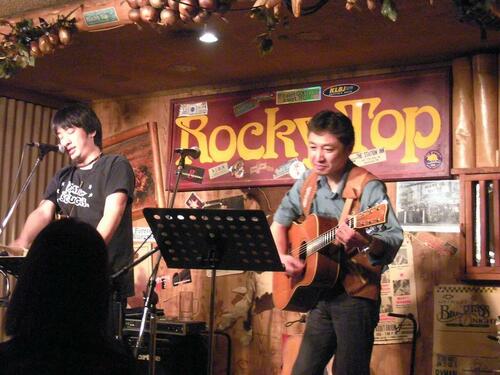
Like America, the bluegrass genre also has a significant following with our neighbors in the Pacific. The annual Takarazuka Bluegrass Festival features Japanese performers each year who honor the genre. The festival first took place in 1972, and it is considered to be “the third longest-running bluegrass festival in the world.”
The 2023 Chigasaki Jamboree festival featuring bluegrass music was in part inspired by the father of the genre, Bill Monroe, and his band, the Blue Grass Boys.
Western classical music remains an active part of Japanese culture, and America has since embraced pop stylings emanating from the country.
Lasse Lehtonen from the Finnish Music Quarterly notes the delicate balance that Japan fosters to maintain their cultural autonomy.
“The country has a rich musical culture that today is closely aligned with the West yet continues to explore its own unique pathways.”
Tyler Durden
Tue, 10/21/2025 – 22:35ZeroHedge NewsRead More





 T1
T1


